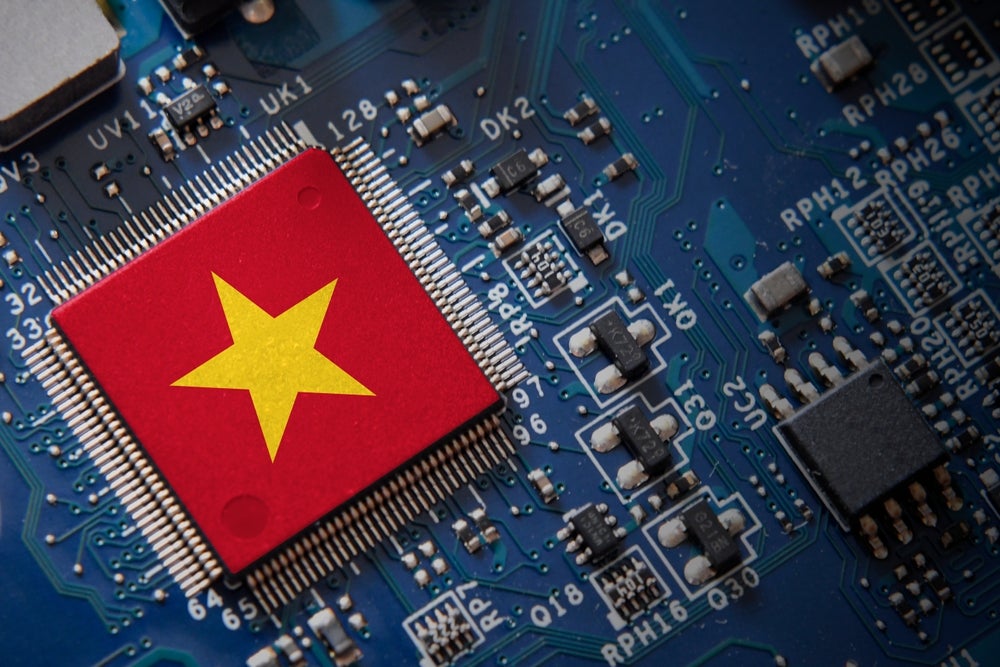May Mobility. has filed a patent for a system that enables autonomous vehicles to operate safely. The system includes a low-level safety platform and can interface with various components such as an autonomous agent, sensor system, computing system, vehicle communication network, and vehicle control system. It facilitates fallback planning and execution for the autonomous agent and allows for a smooth transition between autonomous and fallback operation modes. The patent claim describes a system that uses sensors and an autonomous computing system to determine operational and fallback plans, with a lower-level control platform controlling the vehicle accordingly. GlobalData’s report on May Mobility gives a 360-degree view of the company including its patenting strategy. Buy the report here.
According to GlobalData’s company profile on May Mobility, AI assisted drone control was a key innovation area identified from patents. May Mobility's grant share as of September 2023 was 45%. Grant share is based on the ratio of number of grants to total number of patents.
The patent filed is for a system for autonomous vehicle operation
A recently filed patent (Publication Number: US20230303095A1) describes a system for autonomous control of a vehicle in both normal and fallback operational modes. The system includes a vehicle with a set of sensors, an autonomous computing system, and a lower-level control platform. The autonomous computing system is responsible for determining an operational plan and a set of fallback plans based on sensor measurements. The lower-level control platform, which includes an embedded fallback controller and a memory, is communicatively coupled to the autonomous computing system. In the nominal operational mode, the lower-level control platform controls the vehicle based on the operational plan and stores the set of fallback plans in memory. However, if a trigger condition is satisfied, the system transitions to the fallback operational mode, where the embedded fallback controller autonomously controls the vehicle to deviate from the operational plan based on the set of fallback plans stored in memory.
The patent also describes additional features of the system. The autonomous computing system can update the fallback plan based on the expiration condition of the plan while the vehicle is being controlled based on the operational plan. The embedded fallback controller, while controlling the vehicle based on the set of fallback plans, can estimate the vehicle's pose using odometry, detect obstacles along the path corresponding to a fallback plan, and execute a full stop based on obstacle detection. The embedded fallback controller can selectively relay the operational plan to a vehicle control system via a vehicle communication network to facilitate autonomous control based on the operational plan. The determination of a fallback plan involves referencing a map to determine predetermined locations, selecting a location, and generating a path from the autonomous vehicle to the selected location.
The trigger condition for transitioning to the fallback operational mode can include a communication lapse between the autonomous computing system and a validation endpoint, a loss of communication between the autonomous computing system and the lower-level control platform, or an error in a command generated by the computing system. The system also includes a watchdog system that determines the satisfaction of the fallback trigger event based on communications received from the vehicle computing system. The fallback controller can update the set of fallback plans stored in memory based on an expiration parameter and can execute a full stop based on obstacle detection along the path of the fallback plan.
Overall, this patent describes a system that allows a vehicle to autonomously control itself in both normal and fallback operational modes, providing increased safety and reliability in autonomous driving scenarios.
To know more about GlobalData’s detailed insights on May Mobility, buy the report here.
Data Insights
From

The gold standard of business intelligence.
Blending expert knowledge with cutting-edge technology, GlobalData’s unrivalled proprietary data will enable you to decode what’s happening in your market. You can make better informed decisions and gain a future-proof advantage over your competitors.







